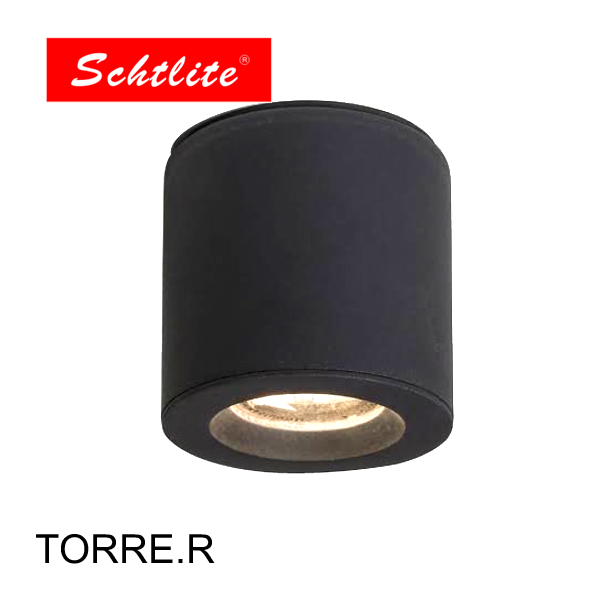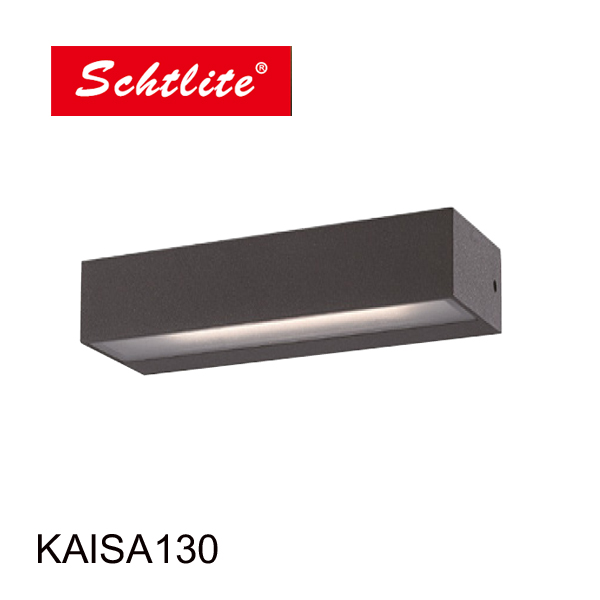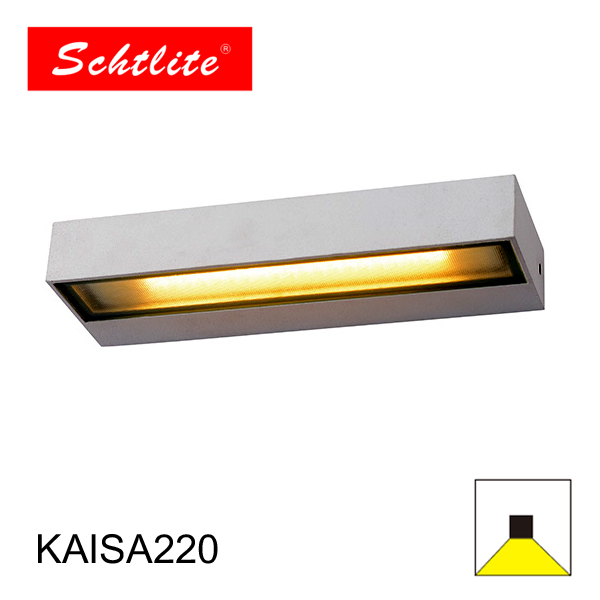1.Light Not Turning On
Check the Power Source: The first step is to verify that the light fixture is receiving power. For hardwired garden bollard lights, check the circuit breaker in your electrical panel to see if it has tripped. Resetting the breaker might solve the issue. If the light is connected to an outdoor outlet, ensure the outlet is functional by testing it with another device. For solar-powered lights, make sure the solar panel is receiving adequate sunlight during the day. If the panel is shaded or dirty, it may not charge the battery sufficiently.
Inspect the Bulb: If your bollard light uses replaceable bulbs, the bulb itself may be the issue. Remove the bulb and check for any visible damage such as a broken filament or blackened glass, which indicates a burnt-out bulb. Replace the bulb with a new one of the correct type and wattage.
Wiring Issues: Over time, wiring connections can become loose or damaged. Carefully inspect the wiring for any signs of fraying, cuts, or disconnections. Ensure all wire nuts and terminal screws are tightly secured. If you find any damaged wires, they will need to be repaired or replaced by a qualified electrician.
Timer or Sensor Settings: If your bollard lights are controlled by a timer or a photocell sensor, ensure these devices are functioning correctly. Check the settings on the timer to make sure the schedule is correct. Clean the sensor to remove any dirt or debris that might be affecting its performance.
2. Flickering Lights
Check the Bulb: A common cause of flickering lights is a loose bulb. Turn off the power and ensure the bulb is screwed in tightly. If the flickering persists, try replacing the bulb with a new one to rule out a defective bulb.
Electrical Connections: Loose or faulty electrical connections can cause intermittent power supply, leading to flickering lights. Inspect all connections at the fixture and along the wiring path, including any connectors, switches, and terminals. Tighten any loose connections and ensure all components are properly secured.
Voltage Fluctuations: Inconsistent voltage supply can cause lights to flicker. This can be due to issues within your home’s electrical system or fluctuations in the power grid. Installing a voltage regulator or surge protector can help stabilize the voltage and prevent flickering.
Compatibility Issues: Ensure that the bulb type and wattage are compatible with the fixture and the power supply. Using an incompatible bulb can cause operational issues, including flickering. Check the manufacturer’s specifications for the recommended bulb type.
3. Dim Lighting
Clean the Fixture: Dirt, dust, and debris can accumulate on the lens and reduce the amount of light emitted. Regularly clean the exterior of the bollard light with a soft cloth and mild detergent. Ensure the lens is clear and free from obstructions.
Battery Issues (for Solar Lights): Solar-powered bollard lights rely on rechargeable batteries, which can degrade over time. If the lights are dim, check the battery’s condition and replace it if it no longer holds a charge. Ensure the solar panel is clean and positioned to receive maximum sunlight.
Check the Bulb: Verify that the bulb installed is of the correct wattage and type as specified by the manufacturer. Using a lower wattage bulb can result in insufficient illumination.
Power Supply: Verify that the voltage supplied to the lighting system is adequate. Inadequate voltage can cause dimming. Use a multimeter to check the voltage at the fixture and ensure it matches the fixture’s requirements.
4. Lights Staying On During the Day
Sensor Issues: Bollard lights equipped with photocell sensors are designed to turn off during daylight and turn on at night. If the light stays on during the day, the sensor might be malfunctioning or obstructed. Clean the sensor with a soft cloth to remove any dirt or debris. Ensure the sensor is not shaded by plants, structures, or other objects.
Timer Settings: If your bollard lights use a timer, ensure it is set correctly. Check the timer’s settings to confirm that it is programmed to turn the lights off during daylight hours. If the timer has a backup battery, ensure it is charged and functioning properly.
Wiring Problems: Incorrect wiring or a short circuit can cause the lights to stay on continuously. Inspect the wiring connections to ensure they are correct and secure. Look for any signs of damage or wear that might affect the sensor or timer’s operation.
5. Short Lifespan of Bulbs
Overheating: Excessive heat can significantly reduce the lifespan of light bulbs. Ensure the fixture is designed with proper ventilation to dissipate heat. Avoid using bulbs with higher wattage than recommended, as they generate more heat and can cause the fixture to overheat.
Power Surges: Frequent power surges can damage light bulbs and shorten their lifespan. Installing surge protectors can help protect your bollard lights from voltage spikes. Consider using bulbs with built-in surge protection if available.
Incorrect Bulbs: Using bulbs that are not specified for your fixture can lead to premature failure. Always use the type and wattage of bulb recommended by the manufacturer to ensure compatibility and longevity.
6. Water Ingress
Sealant Issues: Water ingress can cause electrical shorts and corrosion, leading to lighting failure. Check the seals and gaskets around the fixture for signs of wear or damage. Replace any damaged seals to ensure the fixture remains watertight.
Drainage: Ensure the area around the bollard light has proper drainage to prevent water accumulation. Standing water can seep into the fixture and cause damage. Installing the light on a raised base or using gravel around the base can improve drainage.
Fixture Design: Use fixtures that are specifically designed for outdoor use and have a suitable IP rating to withstand exposure to the elements. Fixtures with a higher IP rating offer better protection against water and dust ingress.
7. Corrosion and Rust
Material Quality: Choose bollard lights made from corrosion-resistant materials such as stainless steel, aluminum, or treated metal. These materials are better suited for outdoor environments and will last longer without deteriorating.
Protective Coatings: Applying protective coatings or paint can help prevent rust and corrosion. Regularly inspect the fixtures and touch up any areas where the coating may have worn off.
Regular Maintenance: Clean the fixtures regularly to remove dirt and moisture, which can contribute to corrosion. Applying anti-corrosion treatments periodically can also help extend the life of the fixtures.
8. Inconsistent Operation
Interference: Wireless interference from other devices can affect smart bollard lights that use wireless communication. Ensure they are installed away from potential sources of interference such as Wi-Fi routers, microwaves, and other electronic devices.
Firmware Updates: For smart lighting systems, check for firmware updates provided by the manufacturer. Updating the firmware can fix bugs, improve performance, and add new features.
Reset the System: Sometimes, resetting the lighting system can resolve inconsistent operation. Follow the manufacturer’s instructions to reset the system, which often involves powering down the lights and resetting the controller.
BUD 120 waterproof 120mm square shape led bollard light
Hot Tags: BUD Garden Pathway Decoration Led Bollard Light, China, suppliers, manufacturers, factory, wholesale Ground mounted type designed for lawn ground installation;
Extruded aluminum body, anti-Shock & anti-UV PMMA as its' diffuser;
Available in various finishes: white, grey, black, etc.







